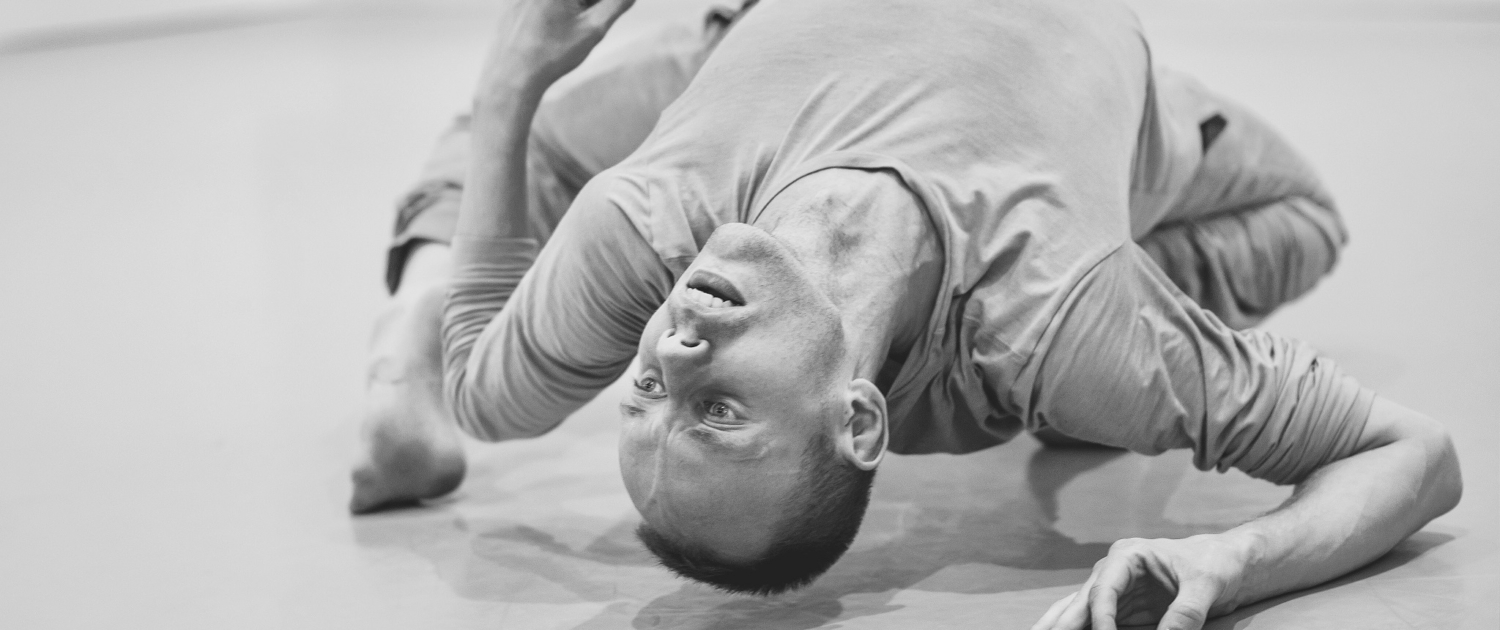Effy Gray Photography
Jon Ole Olstad –is from Norway, graduate from The National Academy of the arts in Oslo. Dancer in Kamuyot, a 2010 collaboration between the Swedish Riksteatern, and Batsheva Dance Company. From 2012-2014, dancer with NDT1, working with Paul Lighfoot, Sol Leon, Johan Inger, Hofesh Shechter, Marco Goecke, Alexander Ekman, Jiri Kylian, Mehdi Walerski and Crystal Pite. His own choreography presented at Cross Connection Choreography Competition, Korea Contemporary Choreography Competition, Stockholm Dance Film Festival, and Gala of the stars in Florida. Awarded 1st prize dancer and 1st prize choreographer at International Solo Tanz Competition in Stuttgart and won production prize at The 33.Rd International Hannover Choreography competition. Taught classes at Juilliard, The Palucca School Dresden, Marymount Manhattan College, Acosta Danza, Balletakademien in Gothenburg and Stockholm, The Alvin Ailey school, Peridance, Steps on Broadway, Broadway Dance Center, Joffrey Ballet Intensive, NUOVA OFFICINA DELLA DANZA and Lines Ballet to name a few. Taught company class to Gallim Dance, Ballet Hispanico, Ballet Nuremberg, Ballet Leipzig, Theater Pforzheim, Carte Blanche Dance Company, BODYTRAFFIC and Theater Regensburg Tanz.
Class info
This contemporary class begins with a structured technical warm up followed by a choreographic phrase. The warm up draws inspiration from various contemporary forms, as well as, elements from jazz dance, classical ballet, and the GYROKINESIS® method. It develops deep spinal awareness and mobility through the following elements: high release, contraction, spiral, side-bend, wave, undulation, and flat back in relationship to a powerful, agile, and lengthened port de bras. The legwork consists of precise classical ballet footwork and contemporary leg vocabulary, which inspires the dancer to research how the legs are grounded into the earth and articulated while the torso is free and expressive. The warm up is there to prepare the dancer for a choreographic phrase that practices different dynamics, qualities, intricate coordination, musicality, and reaching beyond one’s limits to gain a new sense of expansion. The movements encourage the dancer to explore them from an emotional perspective. The aim is to learn to trust oneself as a human being and artist in order for the dancing to be done with playful control and vulnerable abandonment.




